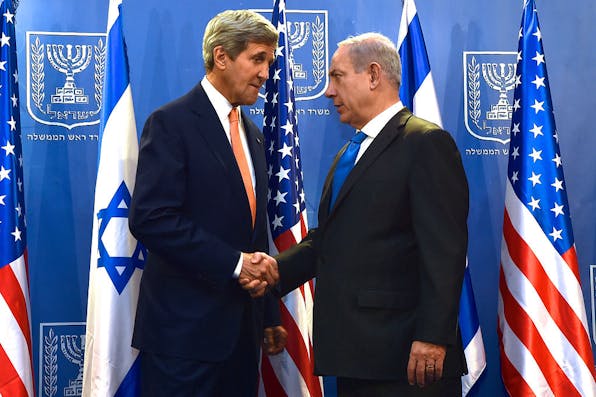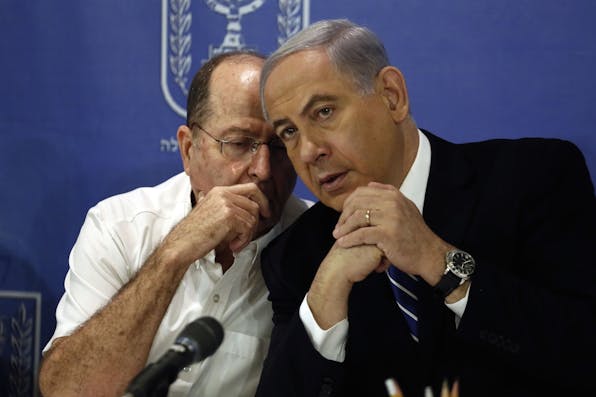
September 17, 2014
What Now for the United States?
How America can help the new Arab-Israel alliance to resist IS and stabilize the Middle East.
No one explains the durability of the status quo in Israeli-Palestinian relations as well as Elliott Abrams. “What Now for Israel?” demonstrates why, despite the strong will of the United States and Europe to broker a two-state solution, a formal peace remains out of reach. Forty-seven years after the Six-Day war, it’s time to conclude that, in the Middle East, there is nothing more permanent than a temporary arrangement.
While Abrams focuses almost exclusively on Israeli perceptions, including Israeli perceptions of the American role, his analysis demands that we also ask and try to answer the question, “What Now for the United States?”
Before anything else, American leaders need to repudiate, once and for all, what Abrams calls the “epicenter” theory: that is, the notion that the Israeli-Palestinian conflict is the central strategic question in the Middle East. While no American president has embraced this theory in any formal sense, almost every president since Jimmy Carter—and every secretary of state since Cyrus Vance—has taken it as axiomatic that to formulate a Middle East policy means initiating and presiding over a “peace process.” We can now see that peace in this sense—that is, an allegedly final agreement, however tenuous, sealed with a handshake on the White House lawn—will be unattainable for the remainder of the Obama administration and probably much, much longer.
Responses to September ’s Essay

September 2014
Israel’s Situation, in One Word
By Robert Satloff
September 2014
Can the Unsustainable Be Sustained?
By Haviv Rettig Gur
September 2014
The Case for Unilateral Action
By Amos Yadlin
September 2014
What Now for the United States?
By Michael Doran
September 2014
Keeping the Status Quo, and Improving It
By Elliott Abrams